Walnut Quince Jam: Gourmet Preserve Recipe For Canning
Views: 187
Quince is a fruit that you would not eat raw because of its astringency, acidity, and rough texture. Its most famous use is in quince paste, a preserve made with quince, sugar, and a hint of lemon juice. We’ve noticed there aren’t many different preserves made with quince, which got us thinking. But, with a little imagination and plenty of quince, you can fill your pantry with all sorts of tasty quince jams. Our walnut quince jam, the focus of this recipe, stands out as a uniquely gourmet quince jam recipe option. It joins another distinct quince jam in our jam recipes collection, made with quince and guava. Give them both a try!
Yield:
The specified in this jam recipe quantity of ingredients should yield enough of jam to fill three 8 oz. (250 ml.) mason jars. The final yield may vary based on your preferred level of jam doneness.
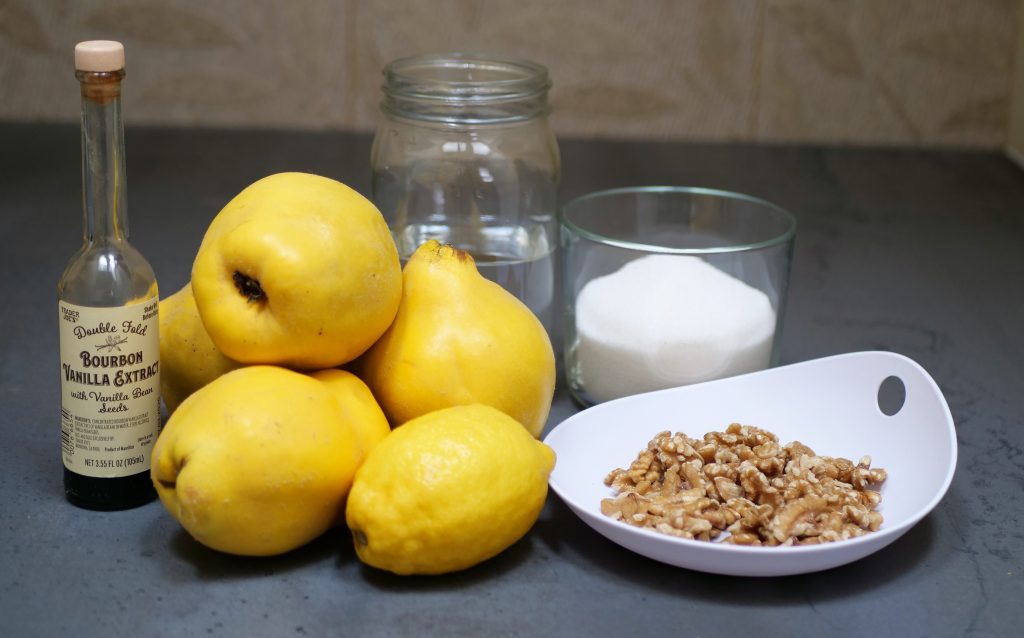
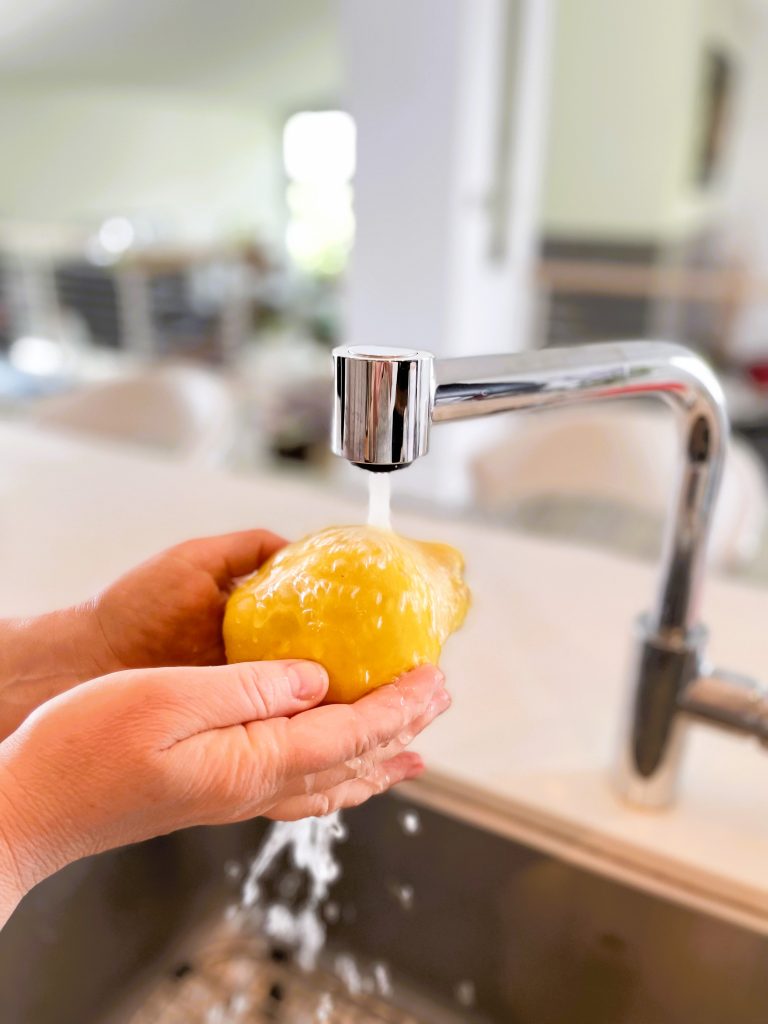
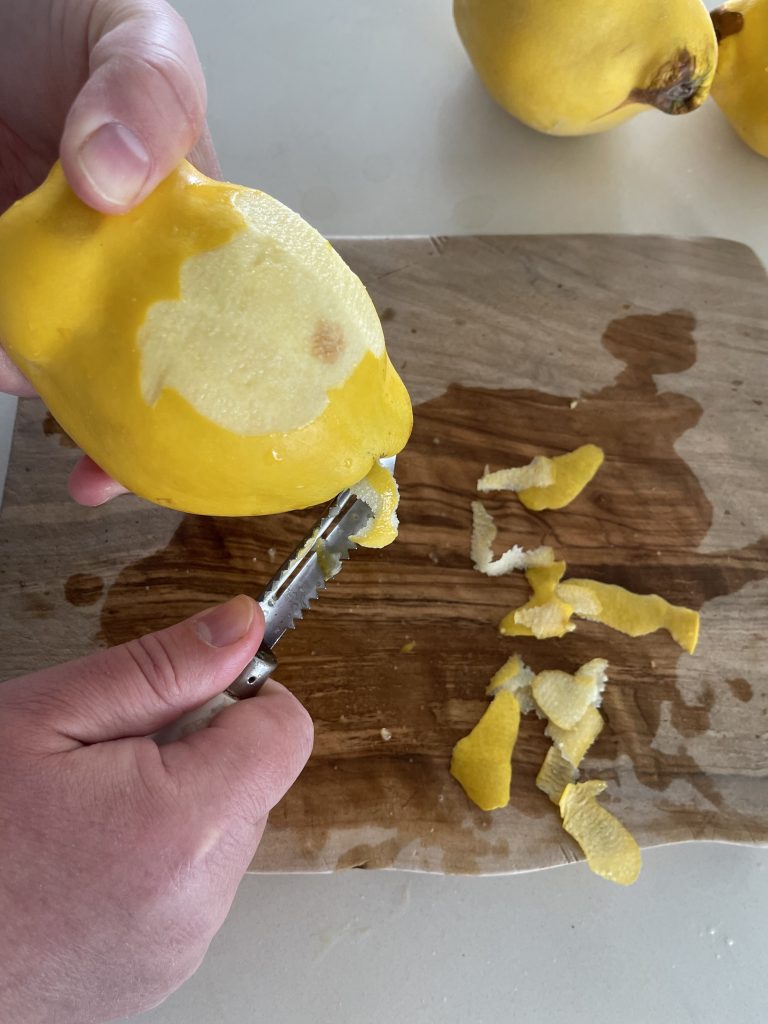
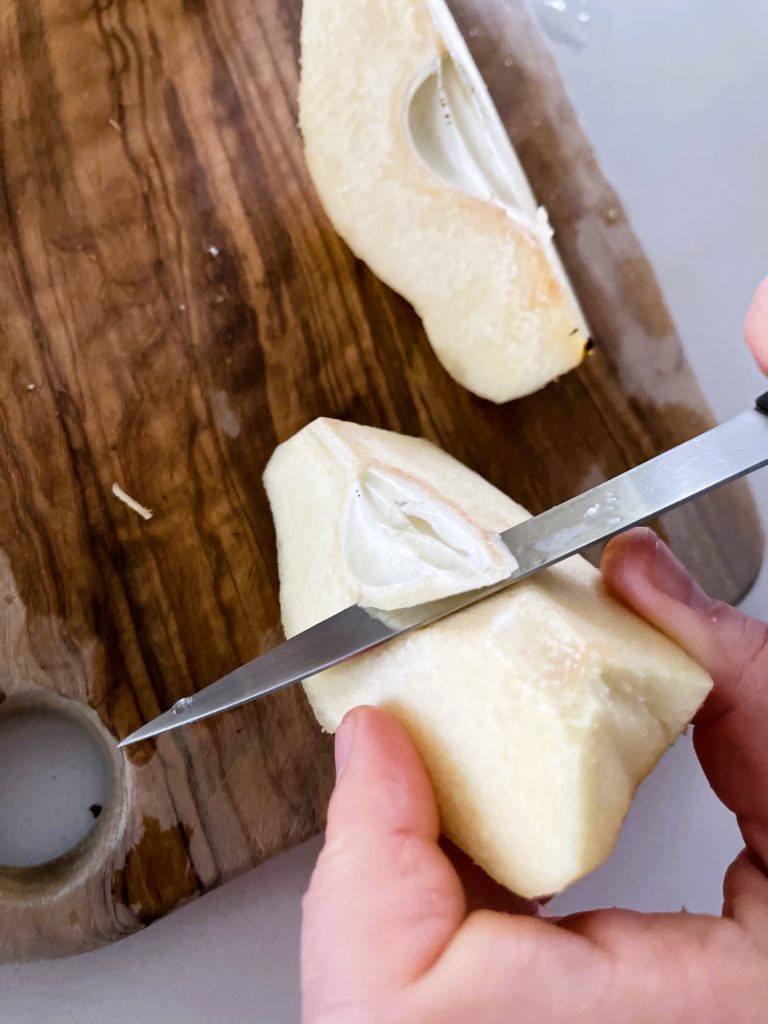
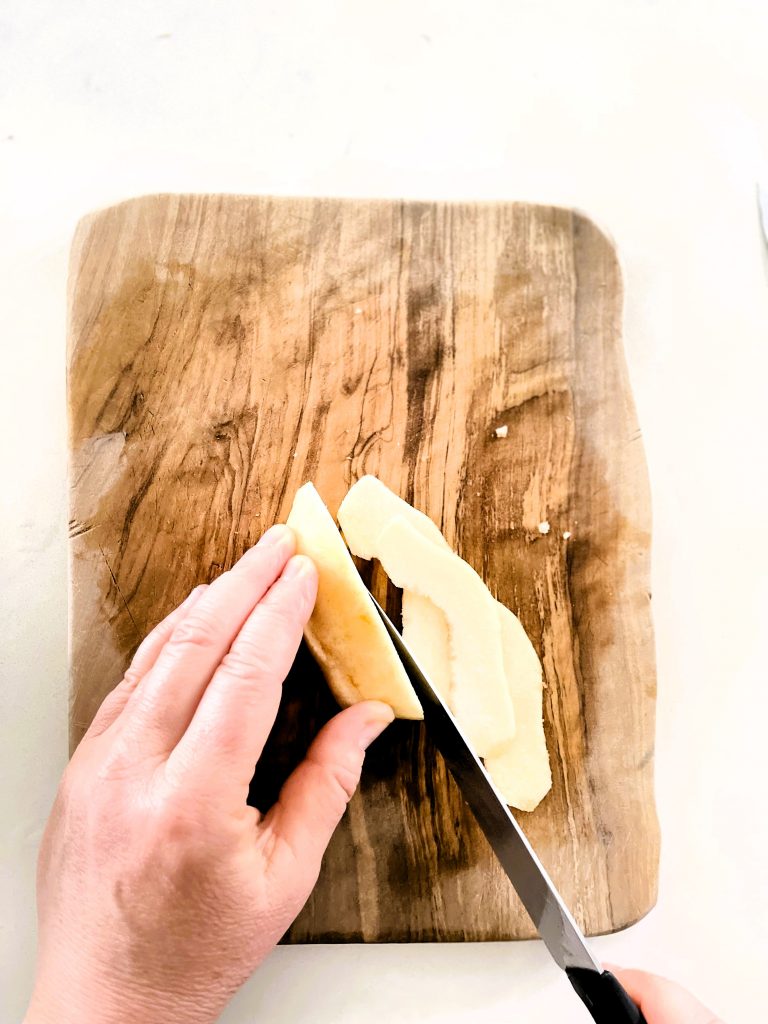
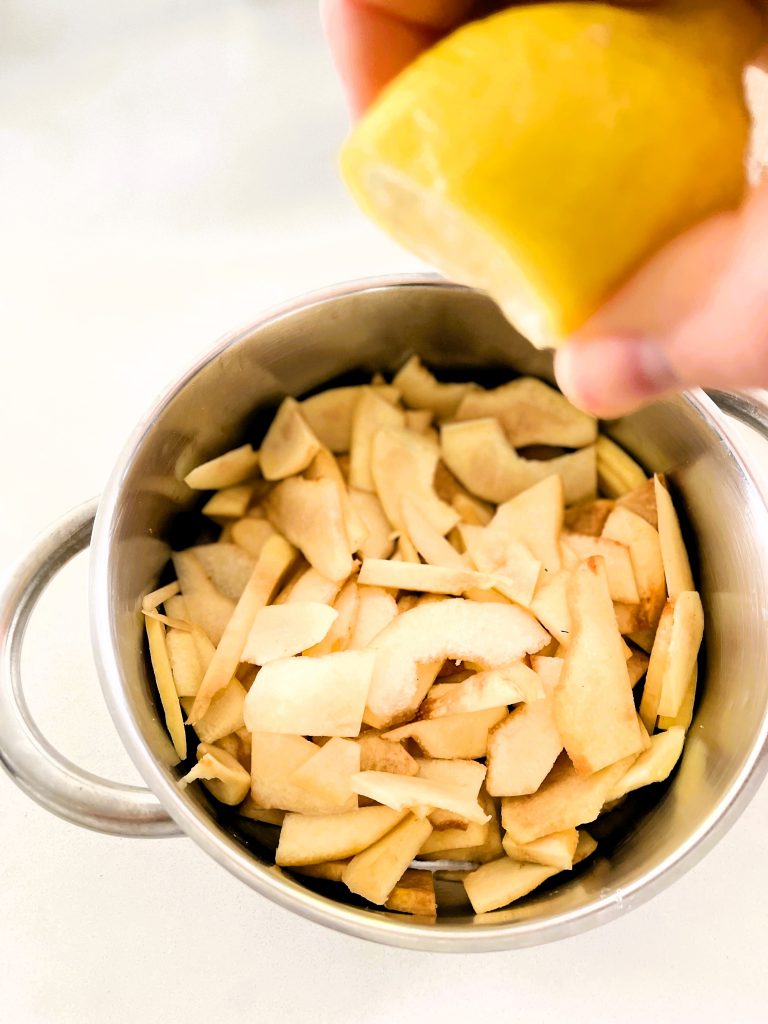
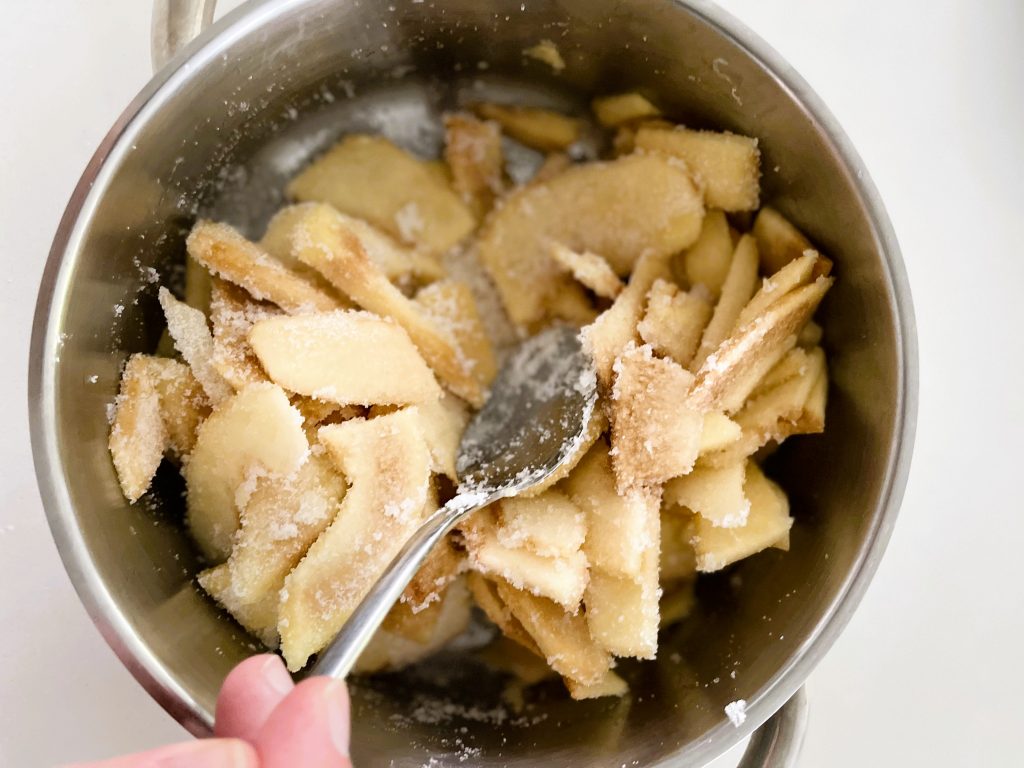
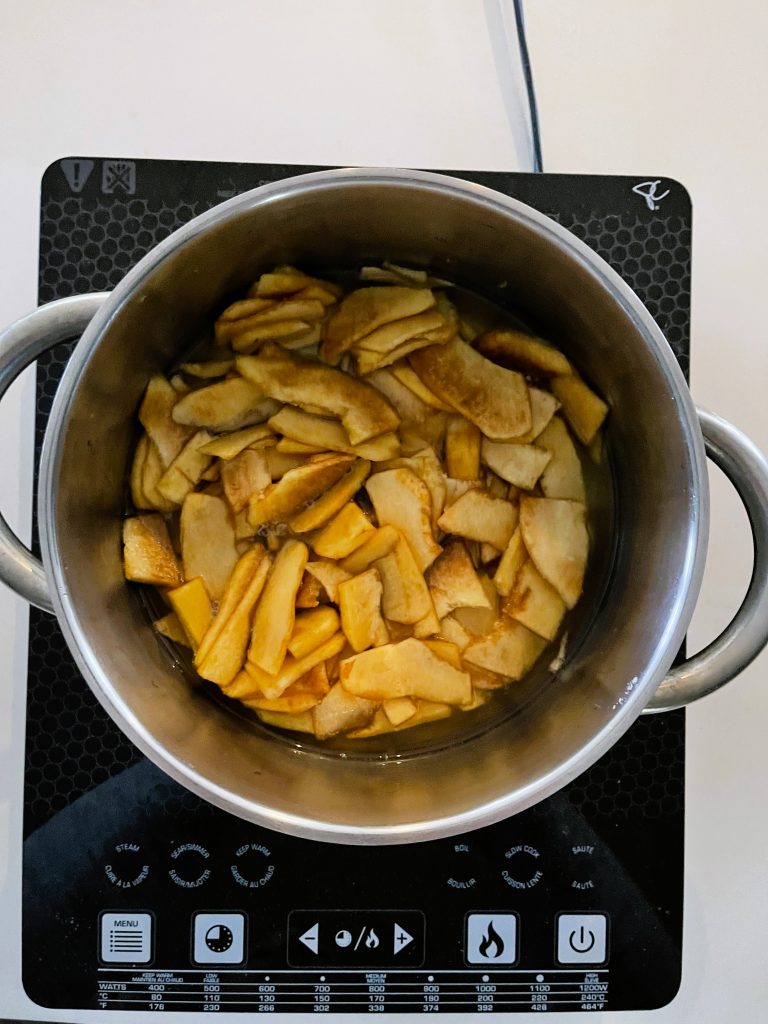
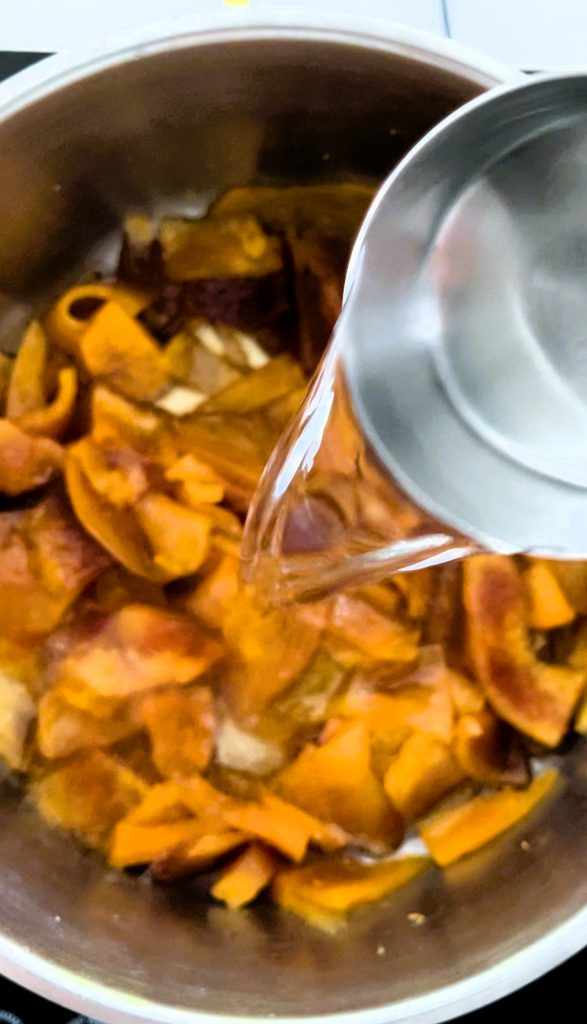
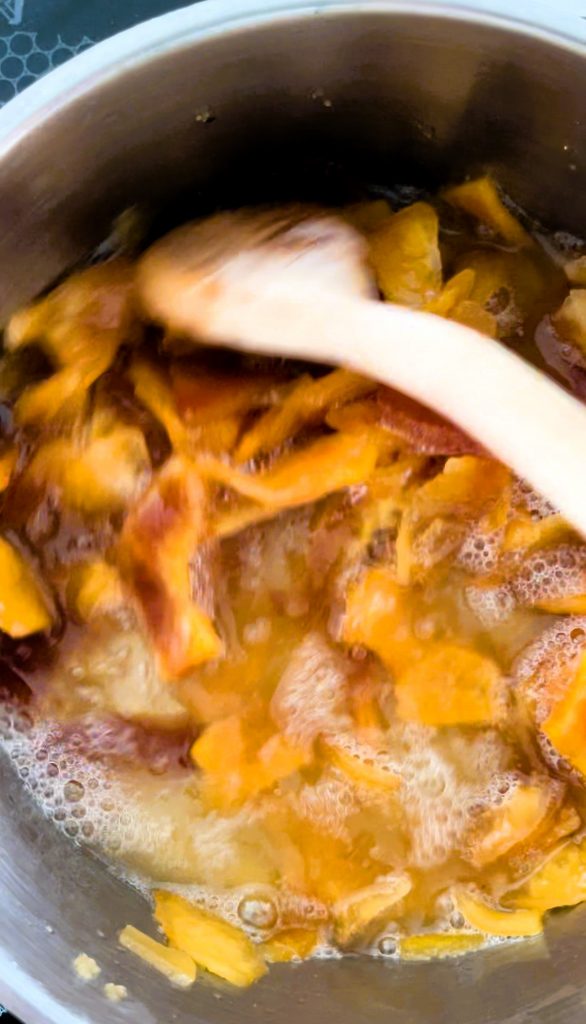
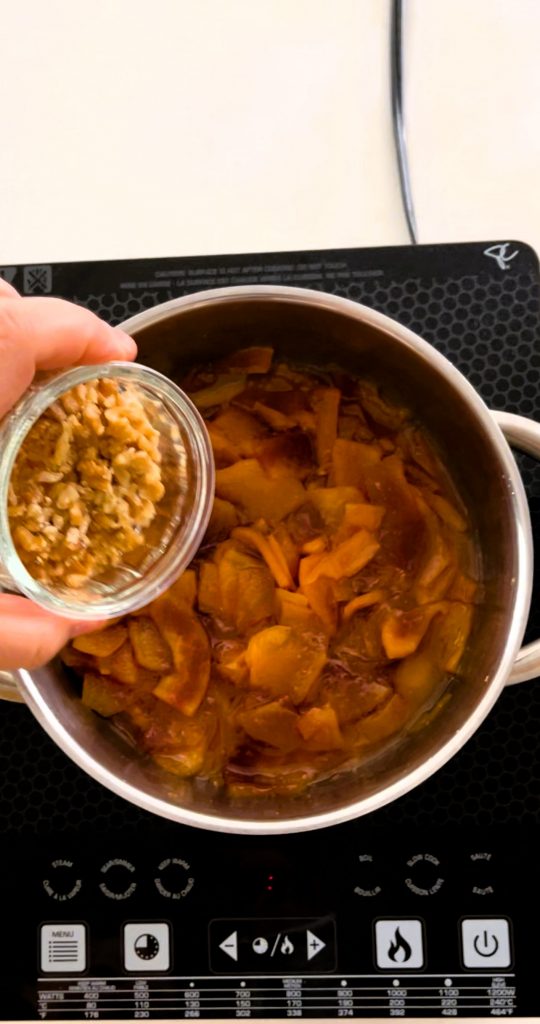
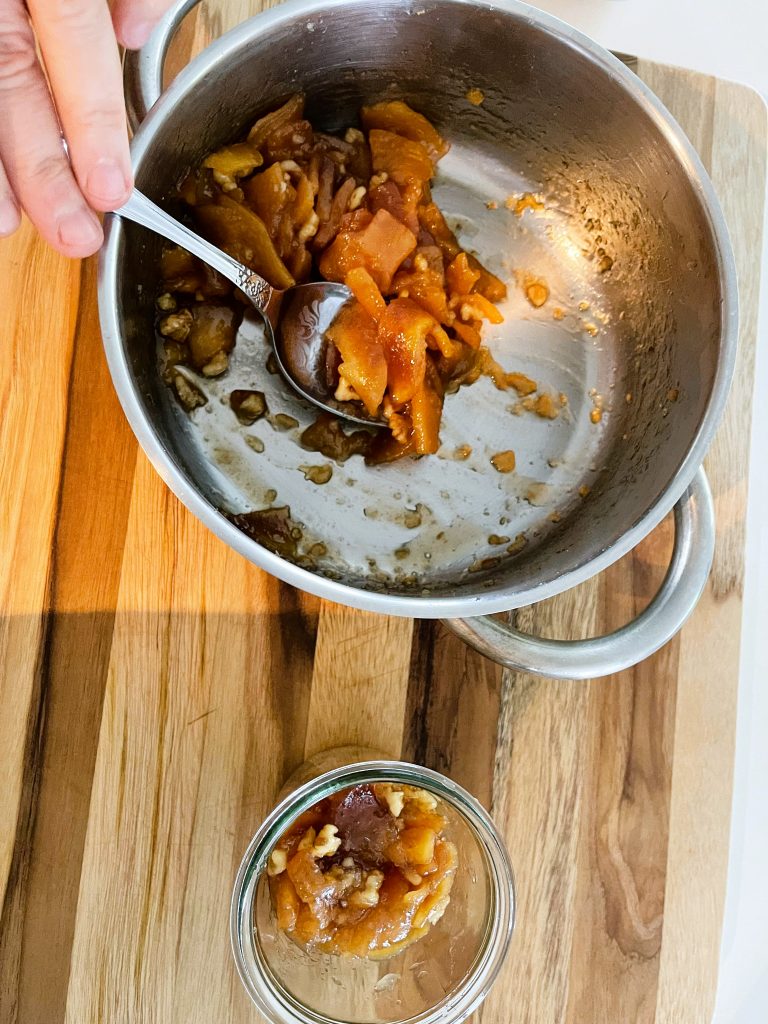
Quince Jam with Walnuts and Vanilla
Ingredients
- 2 lb quince (1kg)
- 1 lb. sugar
- 4 ½ cups water
- 1 tbsp. vanilla extract
- 1 large lemon juiced
- ¼ lb. walnuts
Instructions
Prepare the Fruit:
- Start by washing, peeling, and removing the core and seeds from the quinces.
- Slice the cored quinces into thin slices.
- Place the sliced quince into a preferably enameled pot of suitable size.
- Add the freshly squeezed juice of half a lemon, vanilla extract, and half of the sugar. Mix everything together, cover the pot, and set it aside for 4 hours.
Cook the jam: Rounds 1-3
- Put the pot over medium-low heat. Stir the mixture constantly as it gently comes to a boil. This helps the sugar dissolve and draws out the natural juices of the quince.
- Once the quince jam mixture is gently boiling, add the remaining sugar.
- Keep cooking the jam mixture for another 12 minutes, stirring from time to time to prevent it from sticking.
- When it’s done, take the pot off the heat and let it cool completely, which might take around 1-2 hours, or you can leave it sitting overnight.
- Once cooled, put the jam mixture back on low heat, add all the water and bringing it to a gentle simmer again. Let it cook for another 12 minutes, just like before.
- Remove the quince jam mixture from the heat and let it cool for another 1-2 hours or overnight.
- Repeat this step two more times.
Cook the jam: last round
- Before starting the last round of cooking, wash and chop measured-out walnuts. Then, add them to the pot with the quince jam mixture.
- Squeeze the juice from the remaining half of the lemon and mix everything together.
- Place the pot over medium-low heat and bring it to one last boil, stirring regularly.
- Once the jam mixture is boiling, reduce the heat to a gentle simmer and let it cook for 15 more minutes, stirring occasionally.
- After that, your walnut quince jam is ready to be canned.
Choose your preferred canning method to preserve your jam
For those processing this preserve using water bath or steam canner, the processing time guidelines at various altitudes are as follows:
0 – 1,000 ft: 5 mins
1,001 – 6,000 ft: 10 mins
Altitudes Above 6,000 ft: 15 mins
Frequently asked questions
Why do you recommend cooling this jam and cooking it in three stages?
To make this jam, we use a method that keeps the fruit from turning mushy while caramelizing it. First, we let the fruit sit in its own juices for a few hours. Next, we cook it briefly, never over 15 minutes, before letting it cool completely. We repeat this process 2-3 times, letting the fruit soak up the hot syrup and caramelize as it cools. The sequence and repetition of cooling and heating rounds make the jam smooth and the fruit caramelized.
Is this the same as membrillo or quince paste?
Although both this jam and quince paste use the same quince fruit, or membrillo in Spanish, the two preserves are quite different. Quince paste is made by pureeing the fruit. In contrast, to make our jam you need to keep the fruit sliced and caramelized. Quince paste is always preserved as solid paste block. You need to use a knife to slice it. Our jam has a consistency of a regular jam and should be eaten with a spoon.
Is quince jam low FODMAP?
Quince itself is considered low FODMAP and in moderate amounts, this fresh fruit can be suitable for those following a low FODMAP diet.
However, the process of making jam involves adding sugar, which can contribute to the FODMAP content. In general, FODMAP content of quince jam would depend on the specific recipe and the quantity of sugar used. If you are in doubt about the FODMAP of the jam, we advise you to check with the FODMAP trained dietitian.
Can this quince jam be frozen?
We specifically developed this quince jam jelly recipe for canning. We do not recommend freezing it. While we can’t be sure how this jam will turn out if frozen and then defrosted, we’d love to hear from those who end up freezing this jam of their experience.
Why is this quince jam not pink?
The color of quince jam can vary based on several factors, including the specific variety of quinces used, the cooking process, and whether the recipe calls for additional ingredients to be added. Quince jam naturally tends to have a golden to amber color rather than pink.
How long does this jam keep?
The shelf life of quince jam depends on various factors, including the ingredients used, the cooking process, and how it’s stored. If the quince jam is stored in sealed, unopened jars in a cool, dark place, it can typically last for up to a year or even longer. The high sugar content in jams acts as a natural preservative.
How do you eat this walnut quince jam?
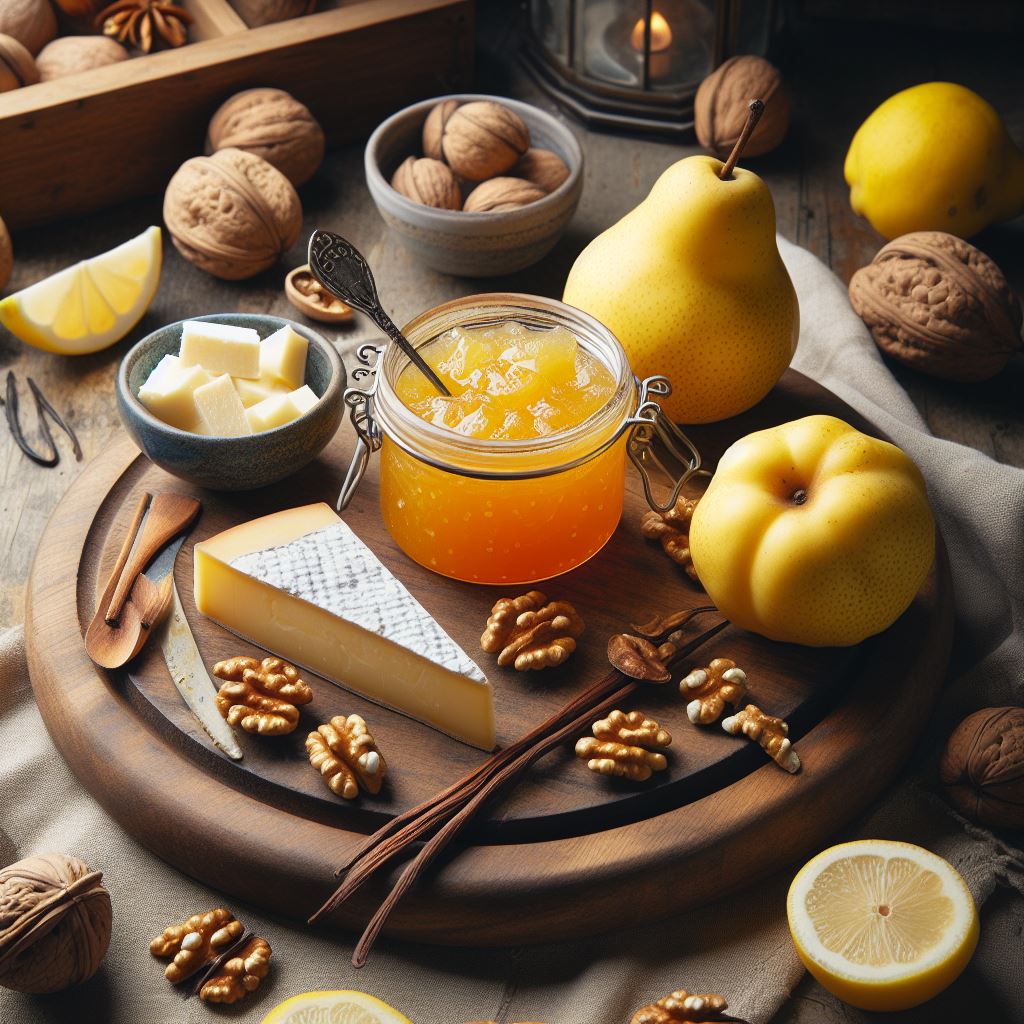
- Enjoy this jam on a hot, crusty bread. It especially shines when paired with a thin layer of cream cheese.
- It’s also delicious on morning bagels or toast for a tasty start to your day.
- This unique jam makes great appreciation gifts or holiday stocking stuffers. Simply can it in small, 4 oz. (120 ml) jars, add nice labels, and you’re ready to go.
- Plus, it’s a delicious filling for baked treats like rugelaches
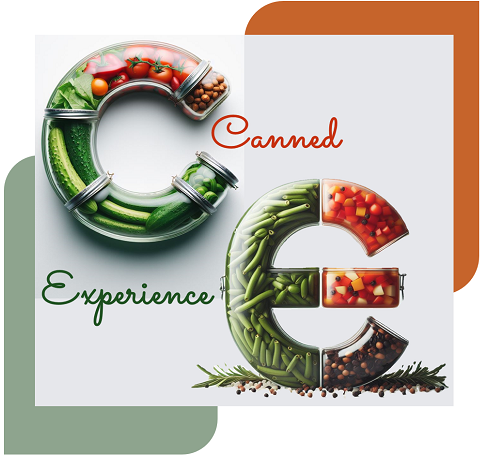
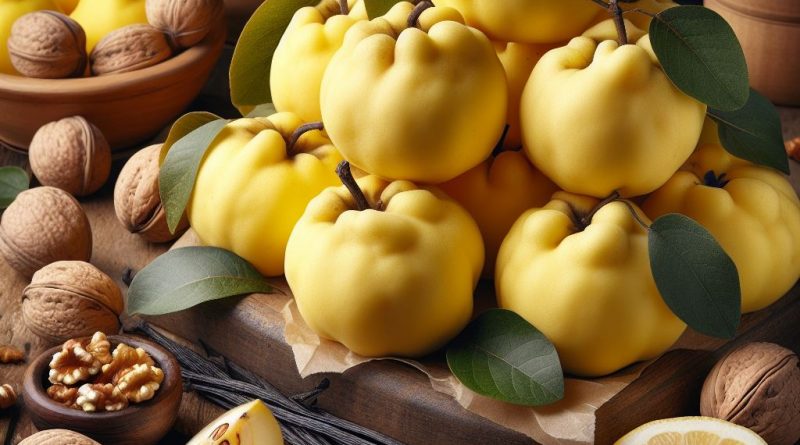
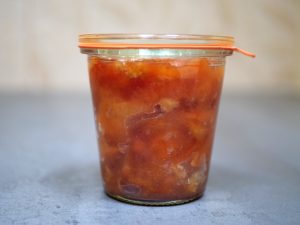


Leave a Reply